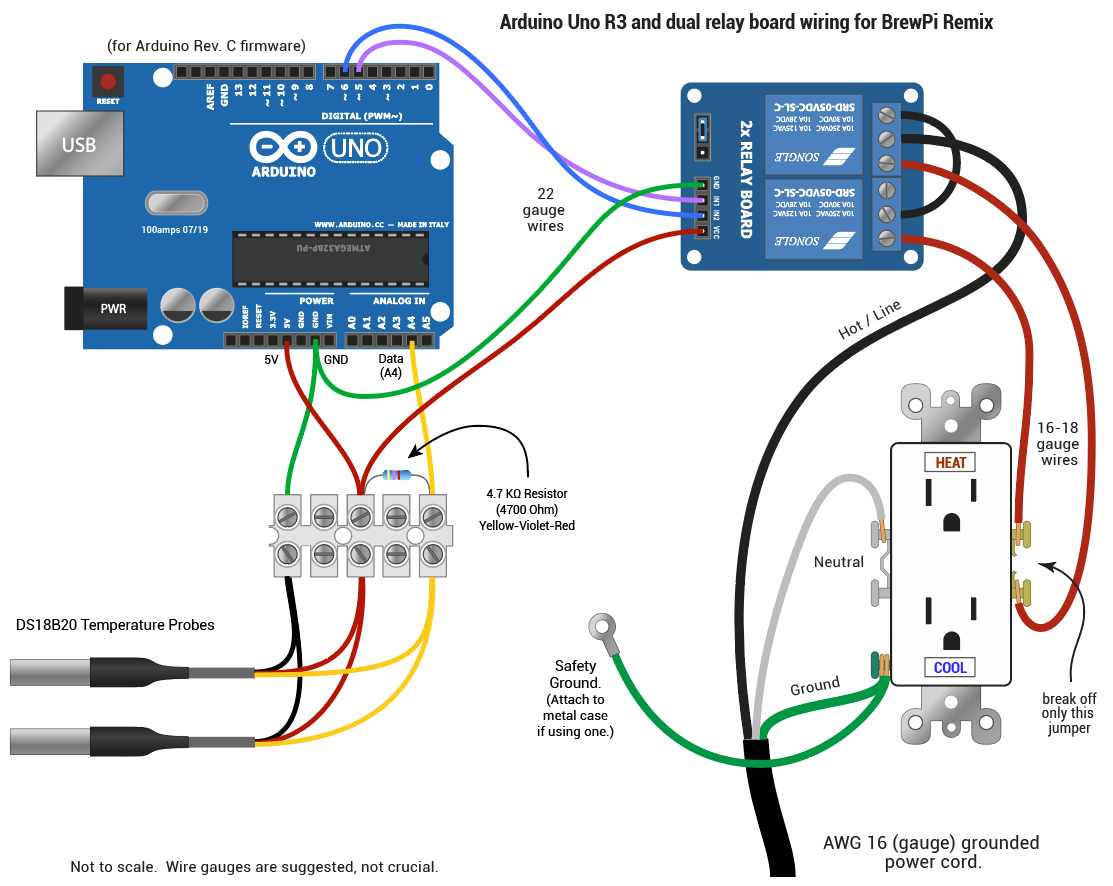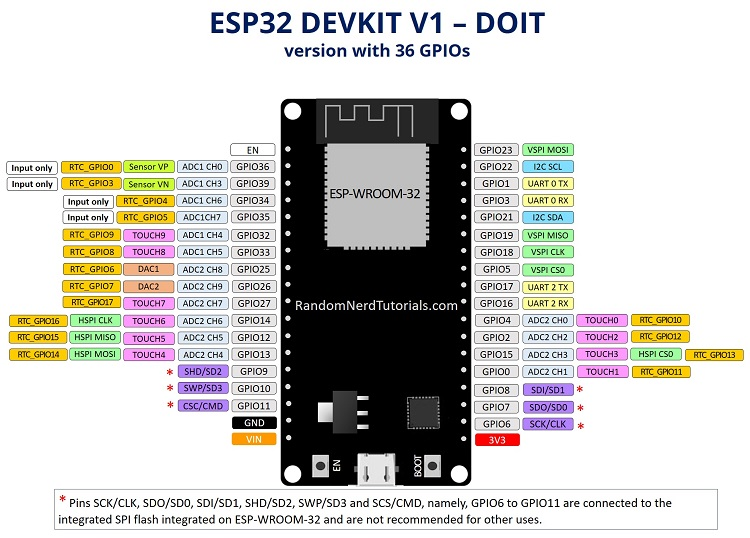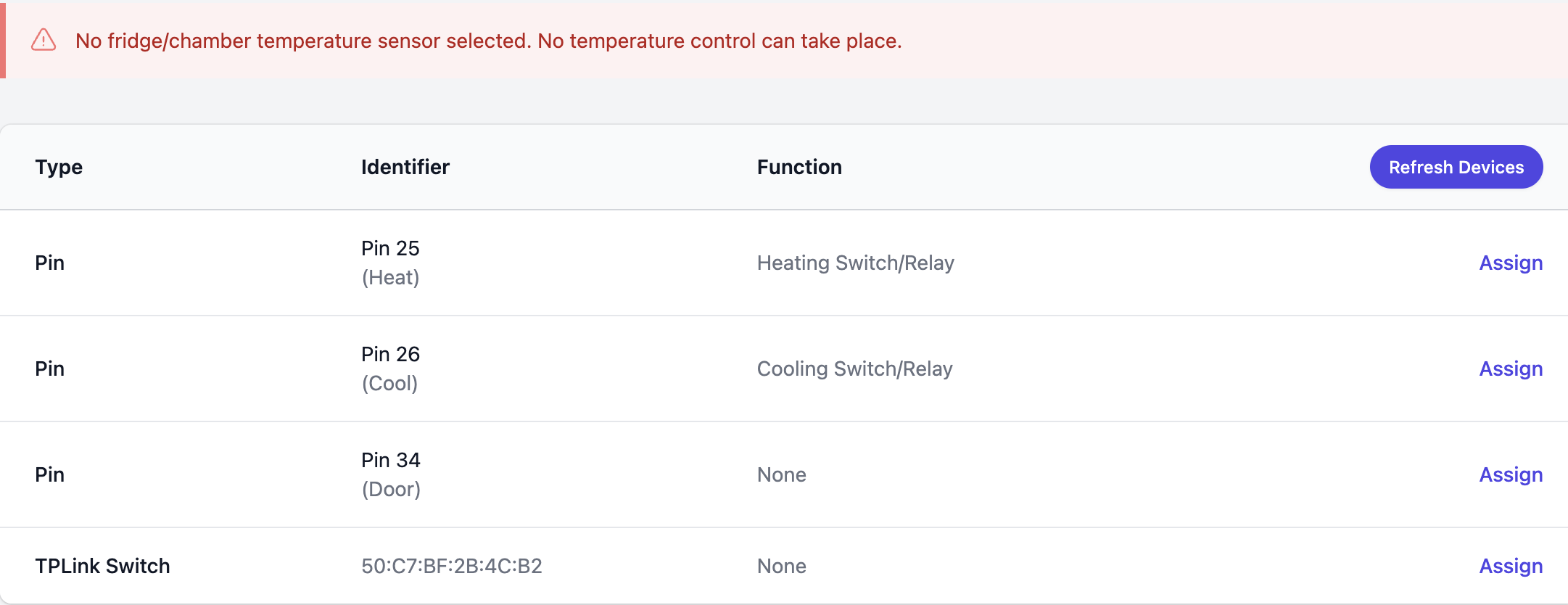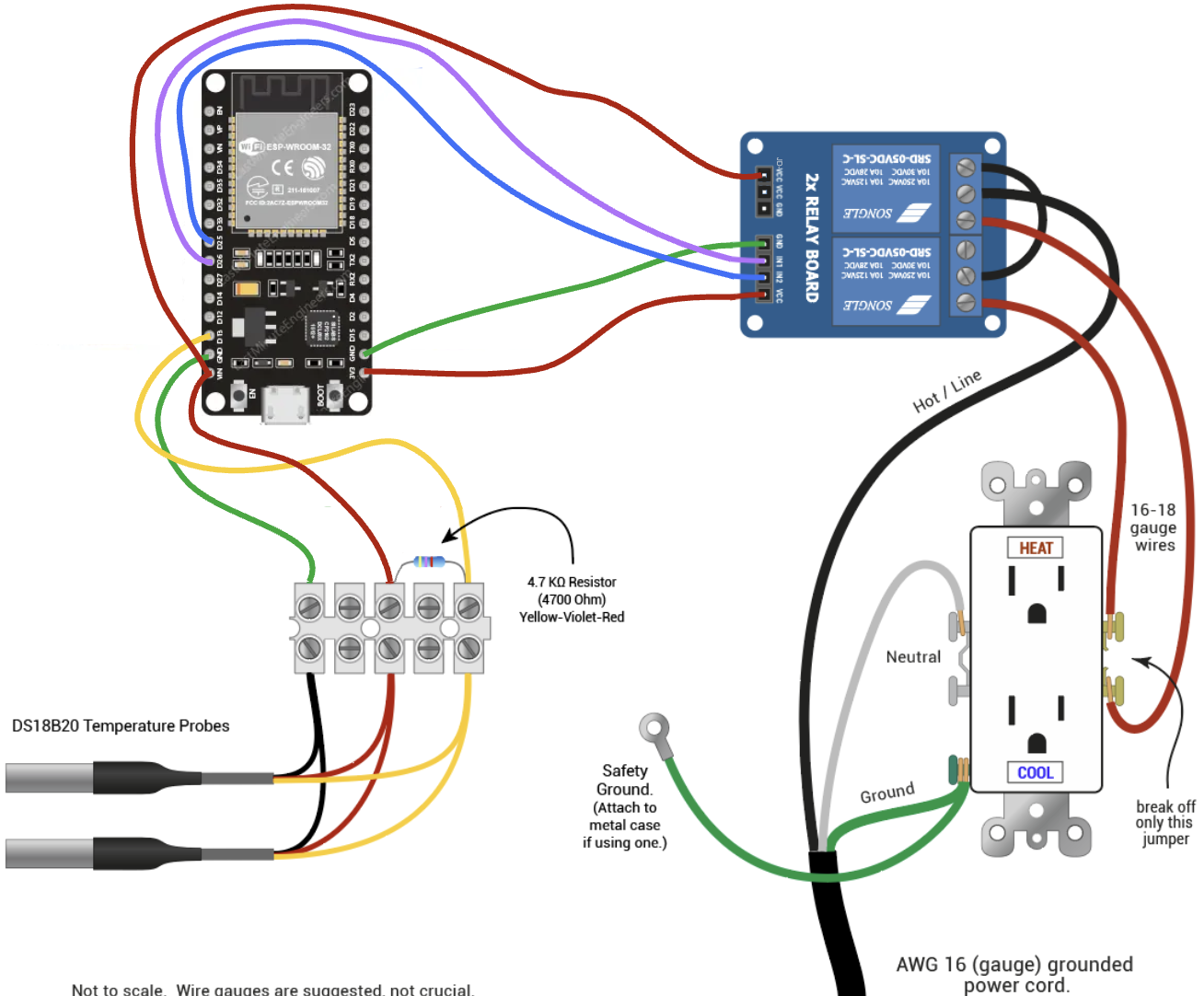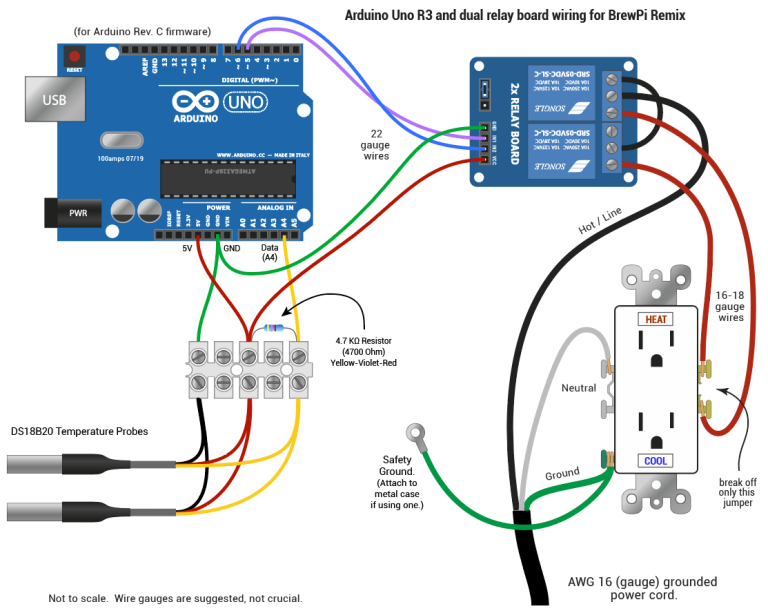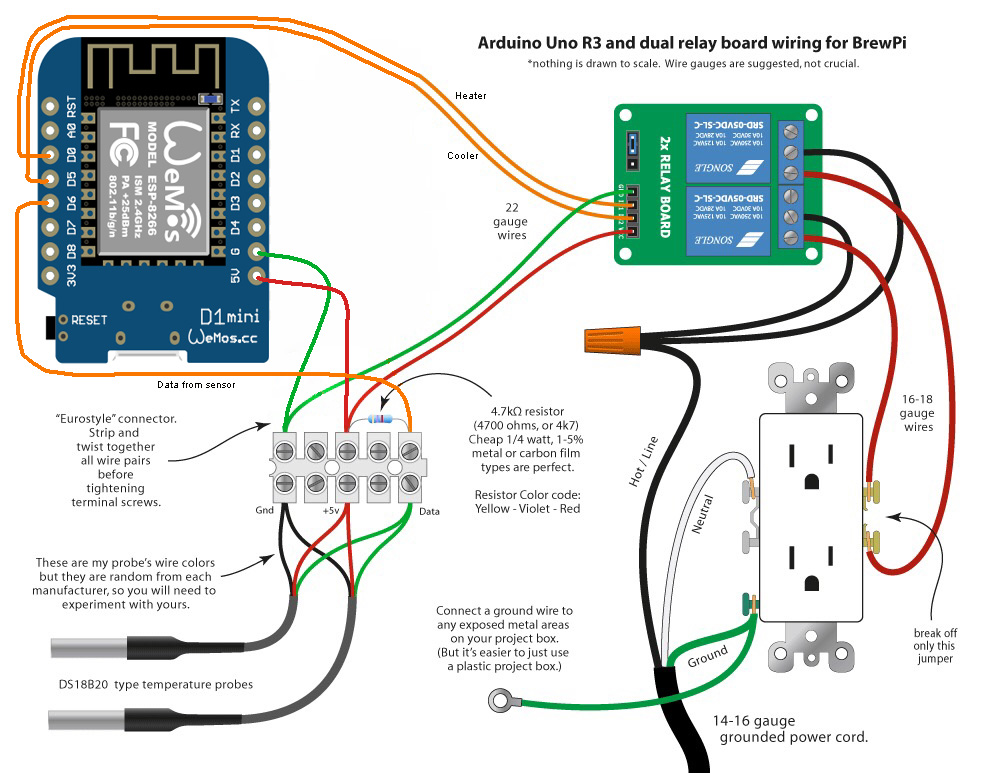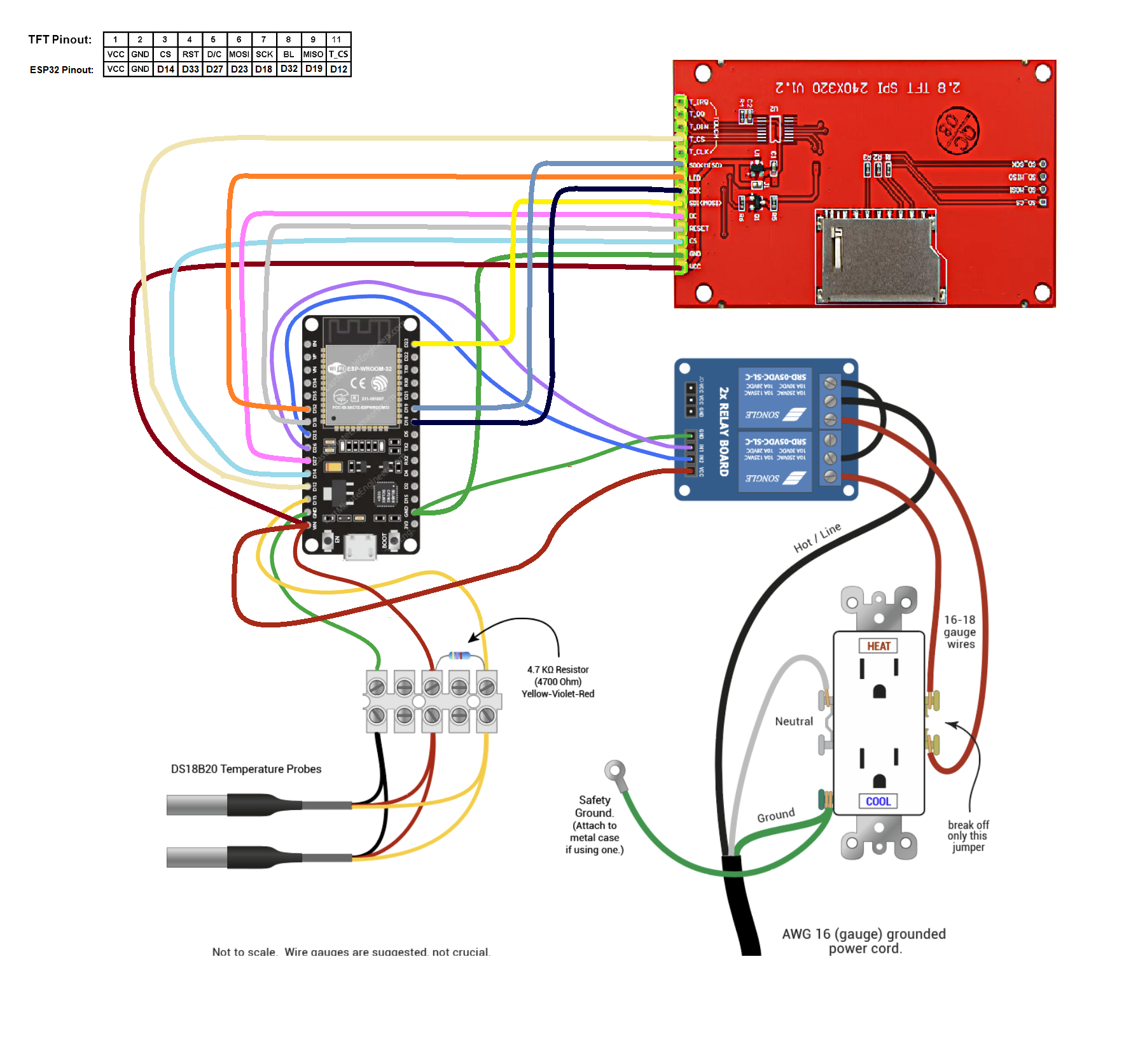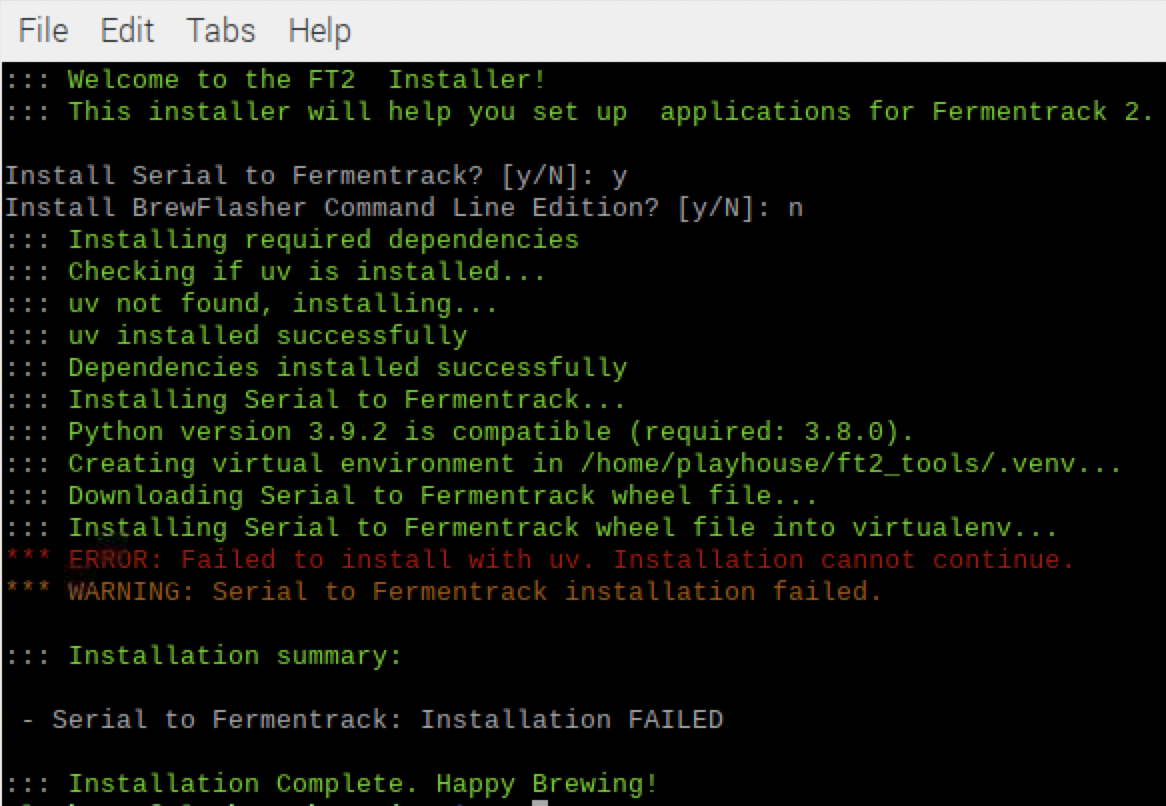I’m excited to share that BrewPi-ESP v16 has just entered beta! This release marks a major step forward, as - relative to v15d - it replaces BrewPi-Script with a brand-new REST interface for easier communication with Fermentrack 2. You’ll also find a multilingual on-device web interface, eSPI screen support, and reenabled Inkbird/Tilt Bluetooth sensor support (ideal for “solder free” builds).
For those of you already using v16-alpha5, this beta adds an optional setting to toggle display resets when switching a pin-based relay, plus an extended cache time for OneWire temperature readings. It’s a small but crucial bump in stability and ease-of-use as we move toward the full release.
This is available now on BrewFlasher and BrewFlasher Web. If you’d like the full details, check out the GitHub release notes. Feel free to post any questions, issues, or feedback—your input helps as I move this forward towards full release!
For those of you already using v16-alpha5, this beta adds an optional setting to toggle display resets when switching a pin-based relay, plus an extended cache time for OneWire temperature readings. It’s a small but crucial bump in stability and ease-of-use as we move toward the full release.
This is available now on BrewFlasher and BrewFlasher Web. If you’d like the full details, check out the GitHub release notes. Feel free to post any questions, issues, or feedback—your input helps as I move this forward towards full release!













![Craft A Brew - Safale S-04 Dry Yeast - Fermentis - English Ale Dry Yeast - For English and American Ales and Hard Apple Ciders - Ingredients for Home Brewing - Beer Making Supplies - [1 Pack]](https://m.media-amazon.com/images/I/41fVGNh6JfL._SL500_.jpg)











































